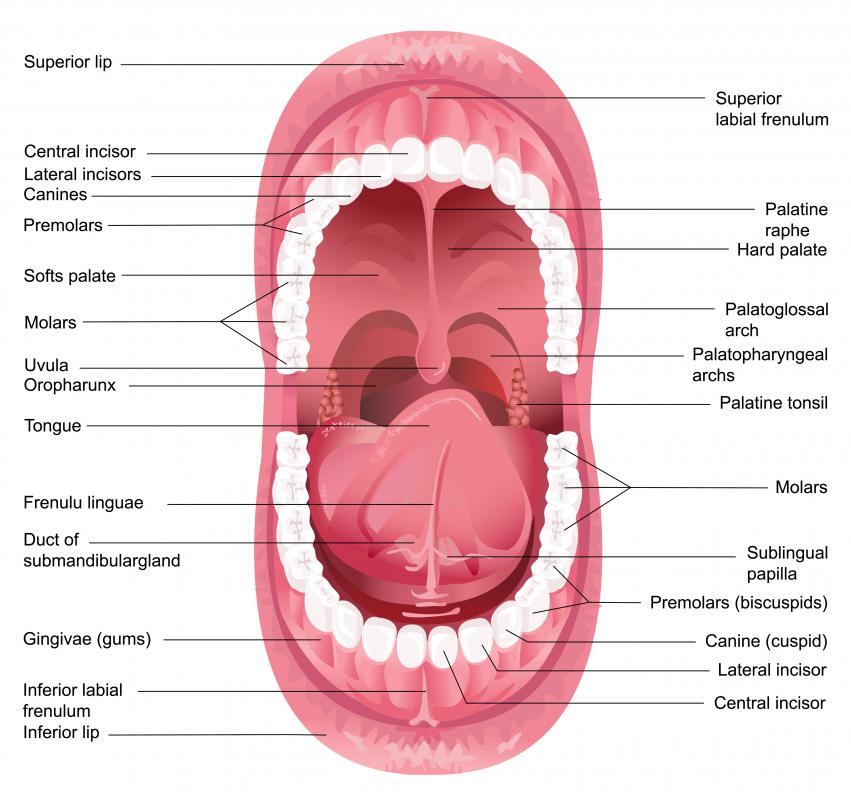At WiseGEEK, we're committed to delivering accurate, trustworthy information. Our expert-authored content is rigorously fact-checked and sourced from credible authorities. Discover how we uphold the highest standards in providing you with reliable knowledge.
What is Somnoplasty?
Somnoplasty is a revolutionary new operation that helps people who suffer from snoring. Snoring is a common complaint for thousands if not millions of people around the world. Snoring generally occurs when tissue in the airway relaxes during deep sleep and begins to vibrate. More often than not, the partner of the person snoring also suffers, from broken sleep caused by the noise of snoring.
Somnoplasty is an operation that can eradicate sleepless nights caused by the noise from snoring. Developed by Somnus medical technologies in Sunnydale, California, Somnoplasty is a relatively painless and minimal procedure. The operation uses low power, low temperature radio frequency energy to treat the area of the soft palate and the uvula.

The operation usually takes less than thirty minutes and can be performed in the surgeon's office under local anesthesia. You will be awake and aware of your surroundings, but will suffer no pain, rather like a visit to the dentist. A needle inserted directly beneath the layer known as the soft palate administers the radio frequency energy. The treated tissue is then heated to create an area of clotting. During the next four to six weeks, the treated tissue will be expelled naturally from the body, reducing the amount of tissue and stiffening the area which was responsible for the snoring.
Another operation within the Somnoplasty procedure treats nasal obstructions, which also factor highly in the cause of snoring. Enlarged areas within the nasal areas, known as inferior turbinates, are treated with another special needle, shorter than the first, which reduces the size of the turbinates and aids in the breathing process. A month after the Somnoplasty procedure, there will be a gradual reduction in the level of snoring and most people will find their snoring eradicated altogether. If the level of snoring has not decreased substantially in the next 6-8 weeks, the surgeon may suggest a second Somnoplasty procedure.
The pain involved after the Somnoplasty operation is very minimal. There may be some discomfort or swelling for a few days, but it is not unlike the discomfort from an oncoming cold. The recovery rate for a Somnoplasty operation is very rapid. If you snore loudly, wake up gasping for air, feel tired during the day and fall asleep easily, you may be the perfect candidate for Somnoplasty. Your partner may also praise the surgeon's skill when they finally receive a night of unbroken sleep.
AS FEATURED ON:
AS FEATURED ON:











Discussion Comments
I had the symnoplasty procedure on my inferior tubes because when I recline my nose stuffs up and I can't sleep.
I have used a CPAP successfully for 25 years, and need to for a good night's sleep, but cannot use it during this recovery period. I'm told that after three weeks things should begin to get noticeably better. I hope so, because I need a decent night's sleep.
I've just had one for my snoring and it hurts like hell. Didn't get any sleep last night because I feel like I'm having to move my head into different positions so I can breathe properly. I wasn't told it'd be this uncomfortable. I want to be well again.
Yes! I was able to have a somnoplasty and a deviated septum surgery at the same time, and by the same doctor.
if I did a symnoplasty would i be able to also have corrective surgery to correct the inner damage from my broken nose?
Post your comments